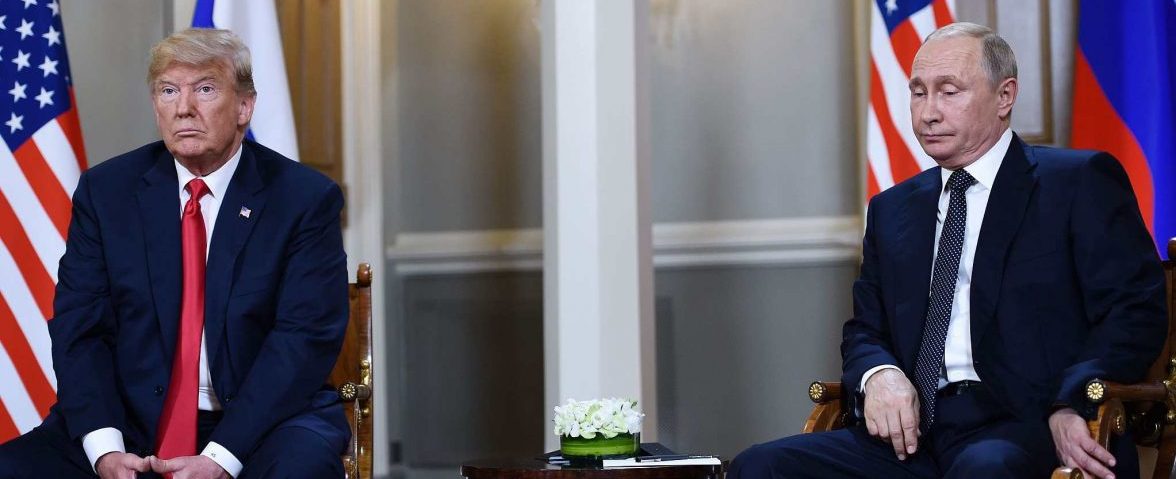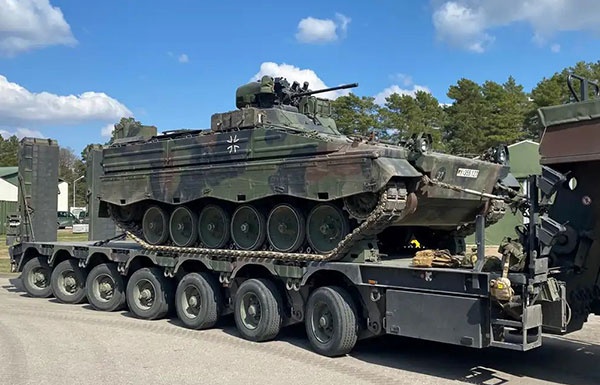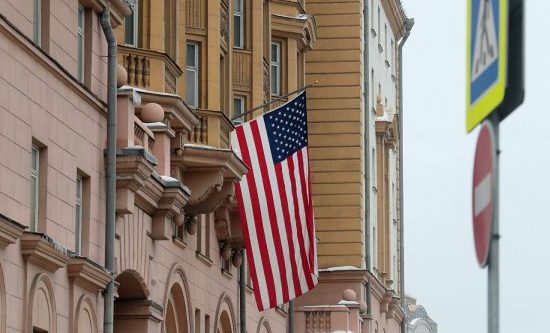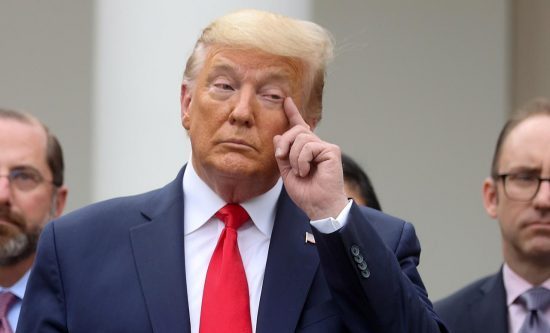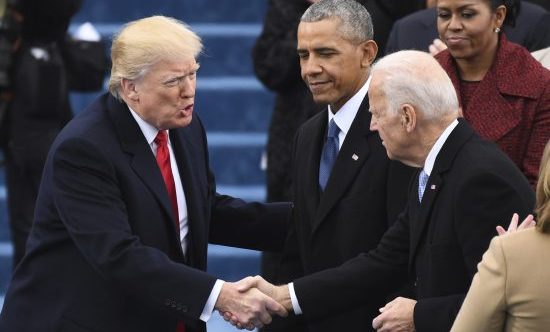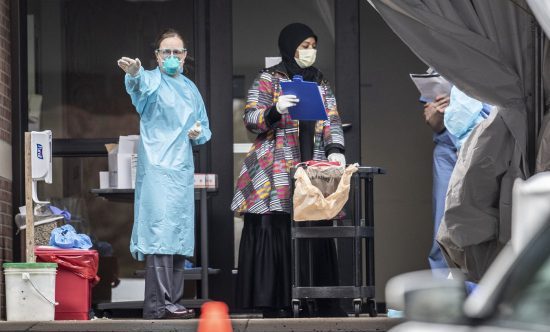For several years now, analysts have been unable to agree on a description for the state of Russia-West relations. The terms a “new” or “second” Cold War have been used more often than others. The notion of a “hybrid war” suggested by Mark Galeotti is also popular but this term creates more confusion than clarity. Some analysts describe uncertainty as the main characteristic of the relationship, implying a transitional state of the world between sustainable systems. Probably, the most accurate description of the current state of affairs is the strategic competition of the great powers, the return of international relations to their historical norm, albeit in modern technological conditions. However, if the current state of affairs is metaphorically described as a Cold War, we should not overlook striking differences between then and now.
The current Cold War is probably no more similar to a classic war than World War II was similar to the previous Phony War (Drôle de guerre). This term, invented by journalists, described the character of hostilities between the warring parties or rather the almost complete lack of hostilities, except for some naval operations.
Extending the simile, we can describe the current confrontation between Russia and the West as a Phony Cold War, in which there are almost no offensive actions; the confrontation is largely symbolic and the aim is to straighten out the opponent or undermine its inner strength.
This Phony Cold War has some features of the classic Cold War, but these are drastically reduced or altered. A global strategic confrontation of the two sides has given way to a more complicated strategic equation where the number of regional confrontations is rapidly growing. At least three players are in the top league, but some analysts count 10-15 strategically autonomous power centers.
Although nuclear deterrence remains a strategic constant, a major war is becoming less likely. Indirect local skirmishes between the US and Russia bear little resemblance to lengthy confrontations like the wars in Vietnam or Afghanistan. In the meantime, both Moscow and Washington have to continuously react to increasingly frequent and unpredictable crises.
Under these conditions, the previously almost sacred notion of “rival” or “adversary” is being devalued, as is, for that matter, the notion of “ally.” Confrontation between previously autonomous economic systems has practically vanished, giving way to sanctions and trade barriers within the framework of a single global economy.
Ideological rivalry has been replaced by media ballyhoo. Even though NATO’s doctrinal documents have recently introduced the notion of Russia as a civilizational threat, for the Russian civilization allegedly is based on qualitatively different principles than the Western civilization. In reality, however, these claims hide a conceptual distinction between Russia and the West’s approaches to the security vs. freedom dilemma. Russia insists that people are imperfect and peace is fragile and that it should be maintained by any means necessary, including by putting on hold differences and, if need be, keeping authoritarian rulers in power.
The West proceeds from the premise that people are basically good and that their freedom is the most precious thing of all. Therefore, it is possible to violate peace, overthrow regimes and maybe even go to war for the sake of a people’s liberation. Each of these intellectual traditions is rooted in the strategic experience of Russia and the West, respectively, and each of the two insists that the truth is on his side.
The Phony Cold War was likely inevitable, and the beginning was only postponed by the mutual illusions on both sides with regard to each other in the 1990s. Many observers in Russia believe that the 1997 Russia-NATO Founding Act was a mistake and the Russia-NATO Council established in 2002 never worked as a conflict settlement arrangement. Rather, it was meant to symbolize an upcoming unity between Russia and NATO, something that never materialized. During the two European security crises in the last 15 years – in Georgia in 2008 and in Ukraine in 2014 – the Council stopped functioning rather than intensifying its operations.
The Phony Cold War is an equilibrium maintained for want of something better. The sides cannot ignore the differences between them but they do not want to destroy their established ties either. As distinct from the classic Phony War, where the aggressor was obvious and which merely served to delay a world war, the current Phony War is a sustainable long-term condition. Each side sees the solution in eroding the opponent’s potential or in that it will come to its senses at some point and change its policy. In any event, both Russia and the West believe that time is on their side and so neither is rushing to speed up the developments.
Original publication valdaiclub.com




